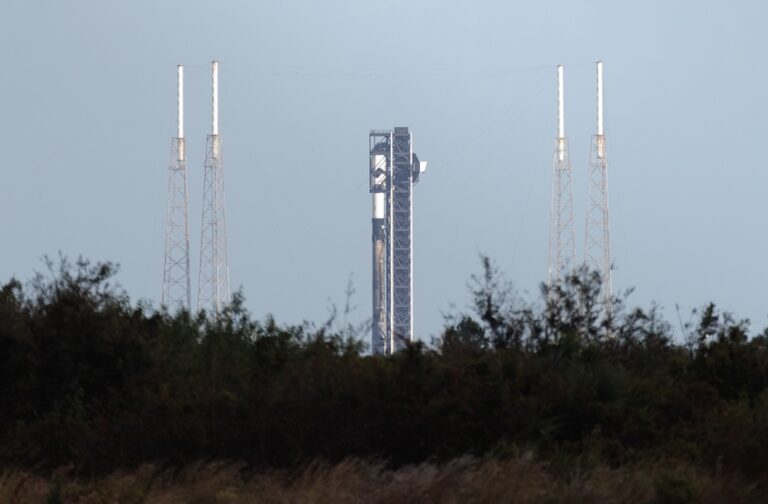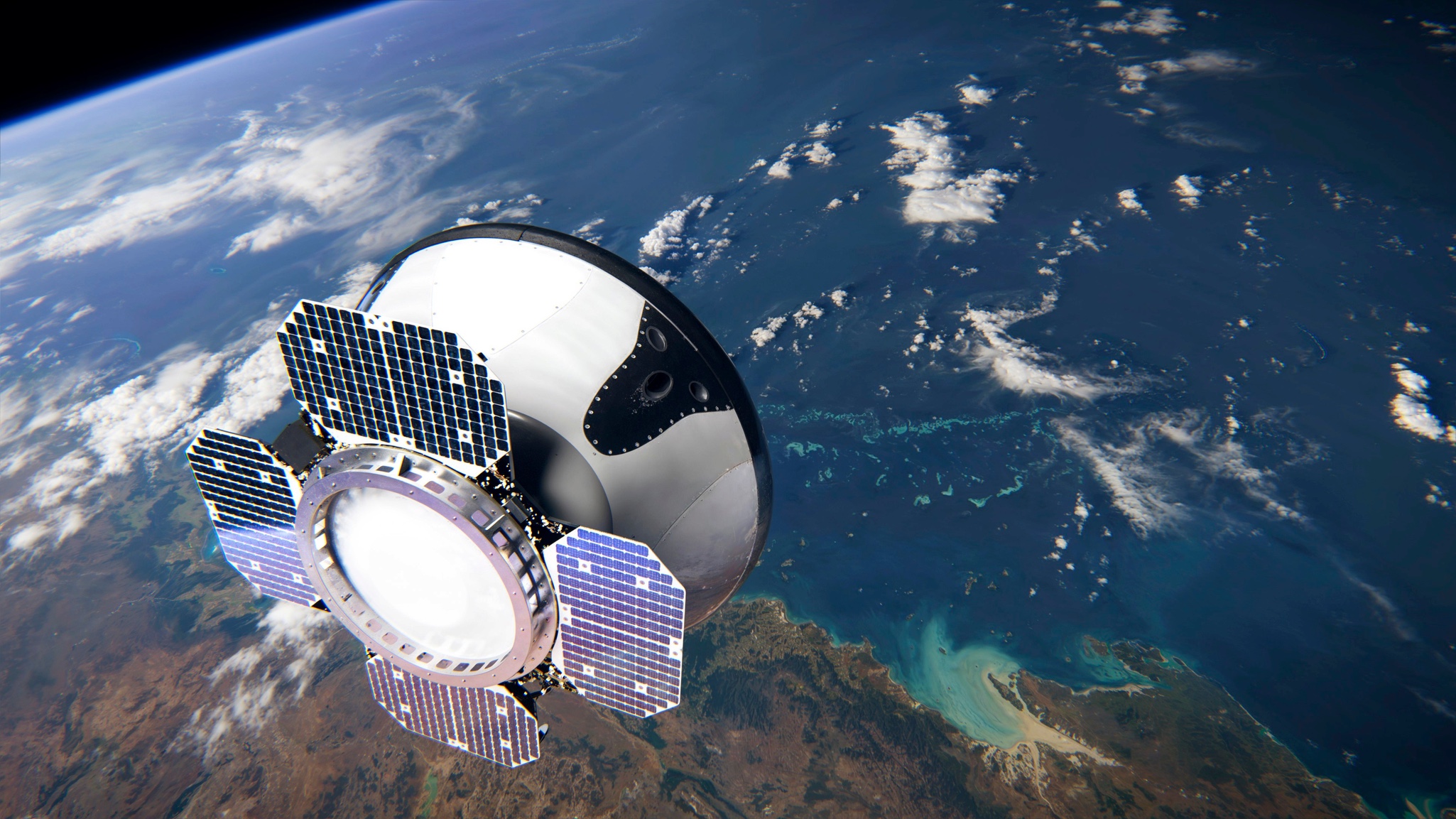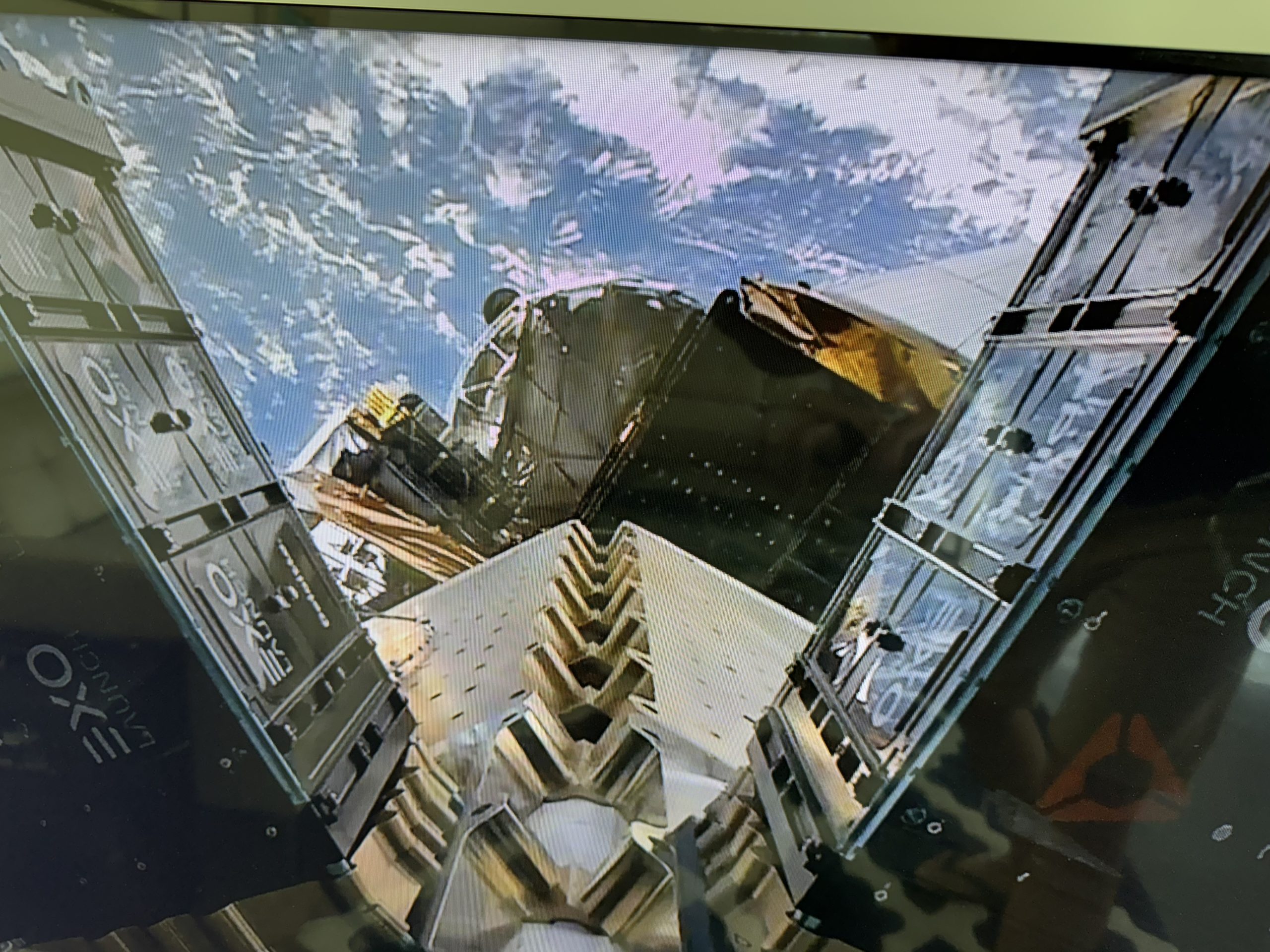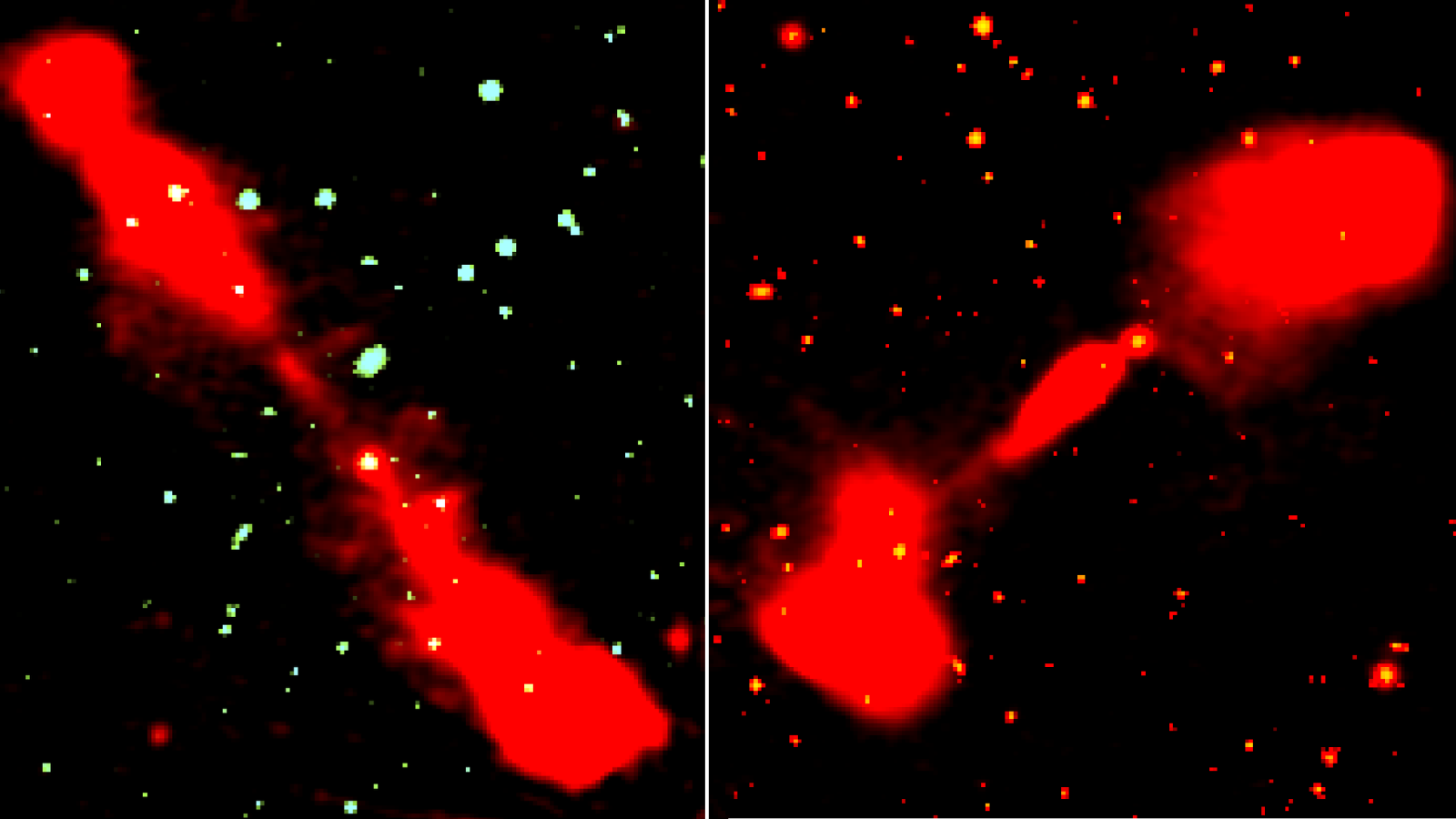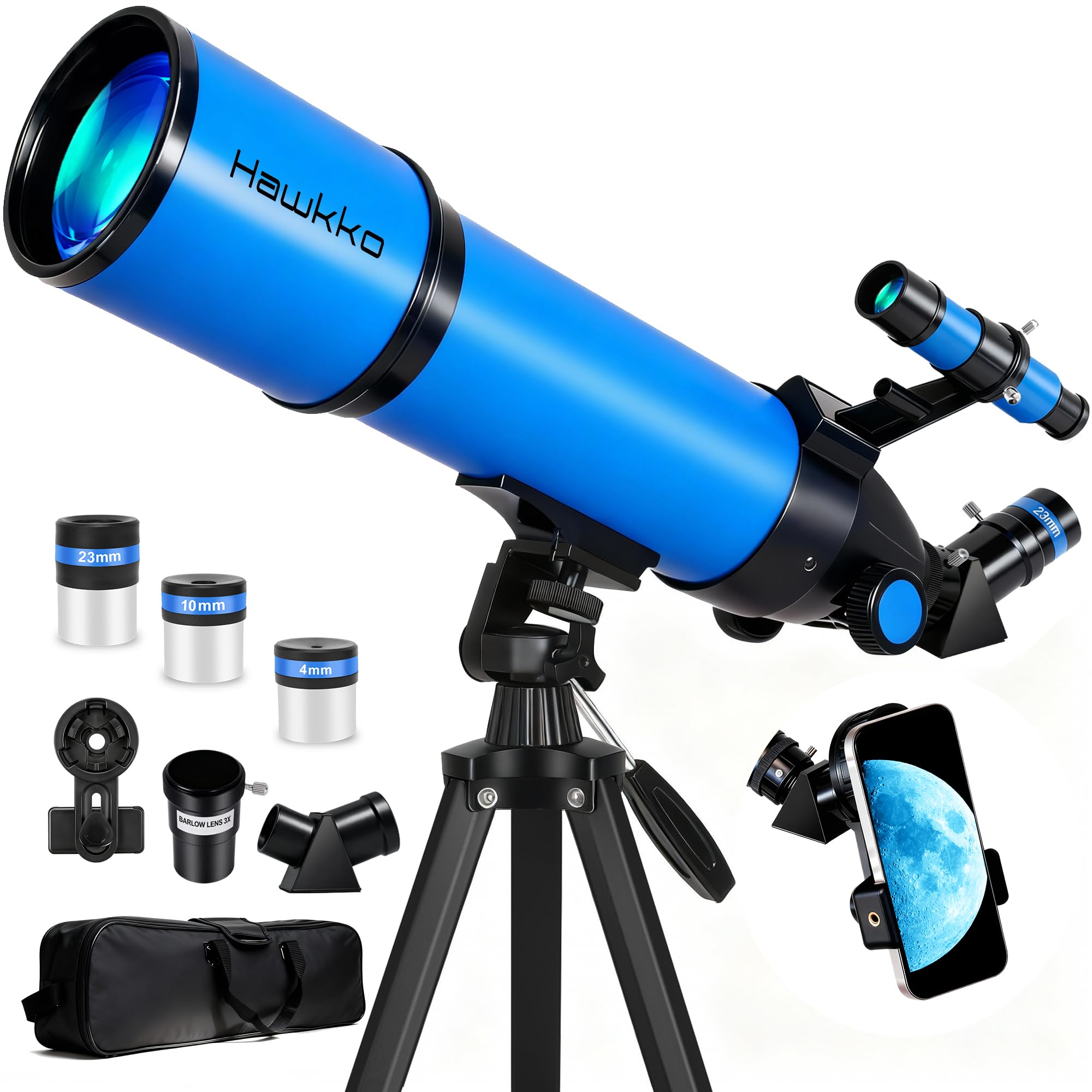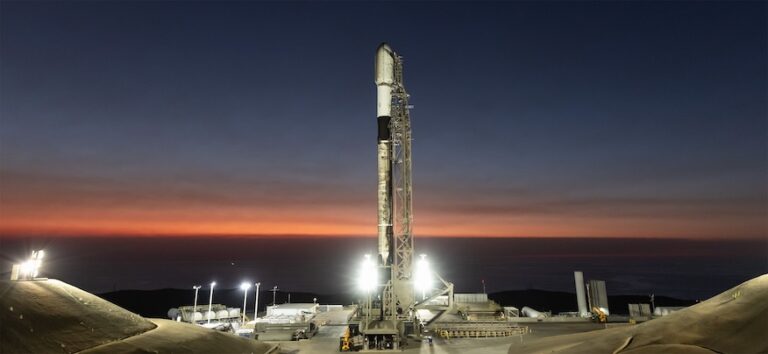File: A Falcon 9 rocket stands in the launch position at Space Launch Complex 40 (SLC-40) at Cape Canaveral Space Force Station ahead of the planned liftoff of the Starlink
An Arianespace Vega-C rocket lifts off from Europe’s Spaceport in Kourou, French Guiana, on Dec. 1, 2025, carrying South Korea’s KOMPSAT-7 satellite. Image: ESA-CNES-Arianespace/Optique Vidéo du CSG – S. Martin
TAMPA, Fla. — Reditus Space announced $7.1 million in seed funding Dec. 1 to fly its first reusable spacecraft next summer, joining a wave of startups emerging from stealth to
WASHINGTON — Spire Global has secured a contract from Deloitte to design, build and operate eight satellites that will support the consulting firm’s push into on-orbit cybersecurity, the companies said
Astronomers have discovered 53 new supermassive black hole-powered quasars that are blasting out jets of matter at near light-speed that stretch out for up to 7.2 million light-years, around 50
As Cyber Monday comes to a close, there are still a handful of lingering Black Friday streaming deals to be grabbed, and this HBO Max offer is one of them.
It’s Cyber Monday, and that means it’s your last chance to save big before the holidays. Here, we’ve highlighted the best last-minute bargains on Cyber Monday streaming, Lego and drone
In the vast expanse of our universe, each twinkling star beckons us to explore and understand its mysteries. Enter the Hawkko Telescope, a remarkable tool designed for both curious adults
4 Min Read What is AI? (Grades 5-8) This article is for students grades 5-8. What is AI? Artificial intelligence, or AI, is a type of technology that helps machines
File: A SpaceX Falcon 9 rocket stands in the launch position during sunset at Space Launch Complex 4 East (SLC-4E) at Vandenberg Space Force Base in California. Image: SpaceX SpaceX
-
 012024 in Review: Highlights from NASA in Silicon Valley
012024 in Review: Highlights from NASA in Silicon Valley -
 02Panasonic Leica Summilux DG 15mm f/1.7 ASPH review
02Panasonic Leica Summilux DG 15mm f/1.7 ASPH review -
 03From Polymerization-Enabled Folding and Assembly to Chemical Evolution: Key Processes for Emergence of Functional Polymers in the Origin of Life
03From Polymerization-Enabled Folding and Assembly to Chemical Evolution: Key Processes for Emergence of Functional Polymers in the Origin of Life -
 04How New NASA, India Earth Satellite NISAR Will See Earth
04How New NASA, India Earth Satellite NISAR Will See Earth -
 05And Thus Begins A New Year For Life On Earth
05And Thus Begins A New Year For Life On Earth -
 06Astronomy Activation Ambassadors: A New Era
06Astronomy Activation Ambassadors: A New Era -
07SpaceX launch surge helps set new global launch record in 2024


